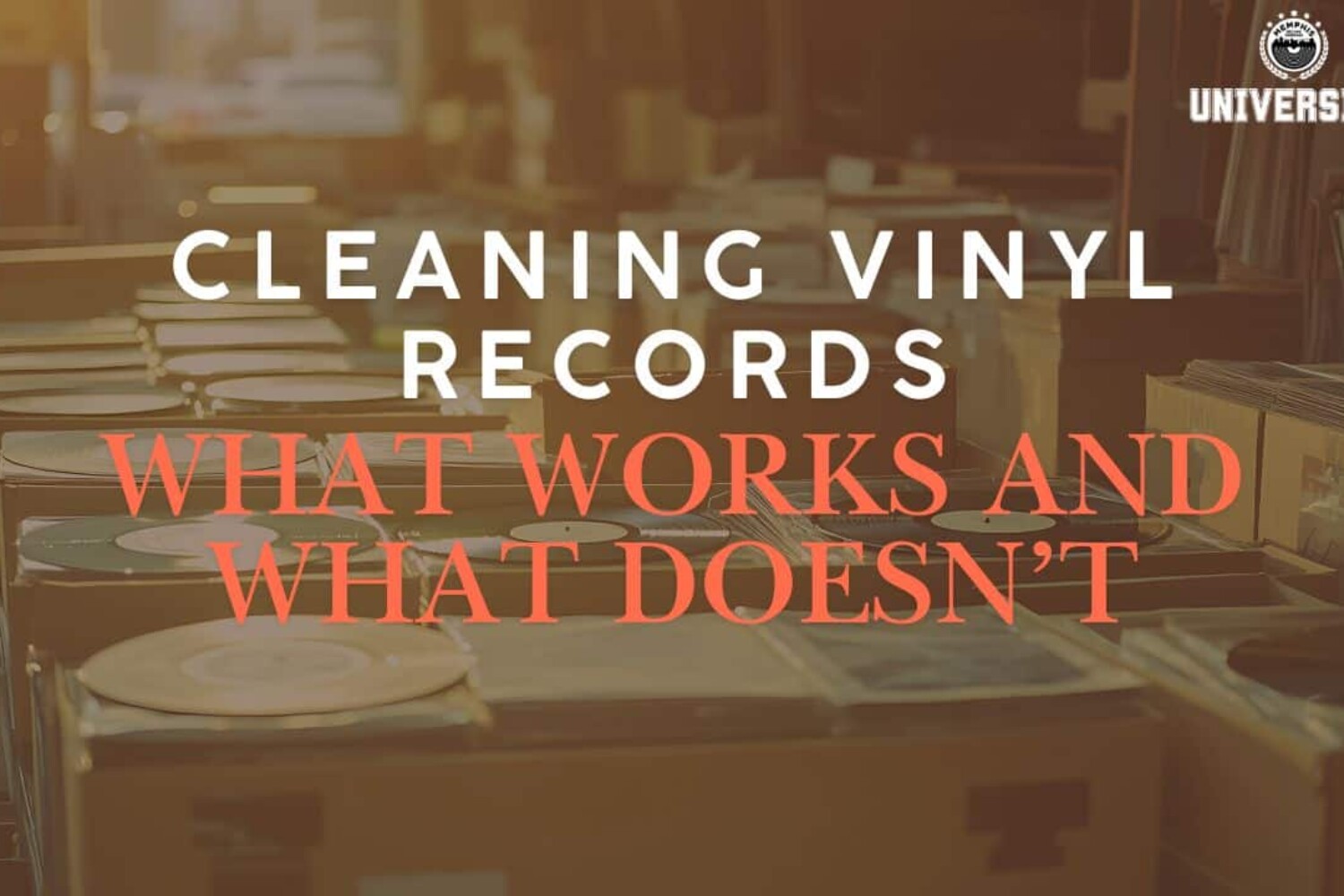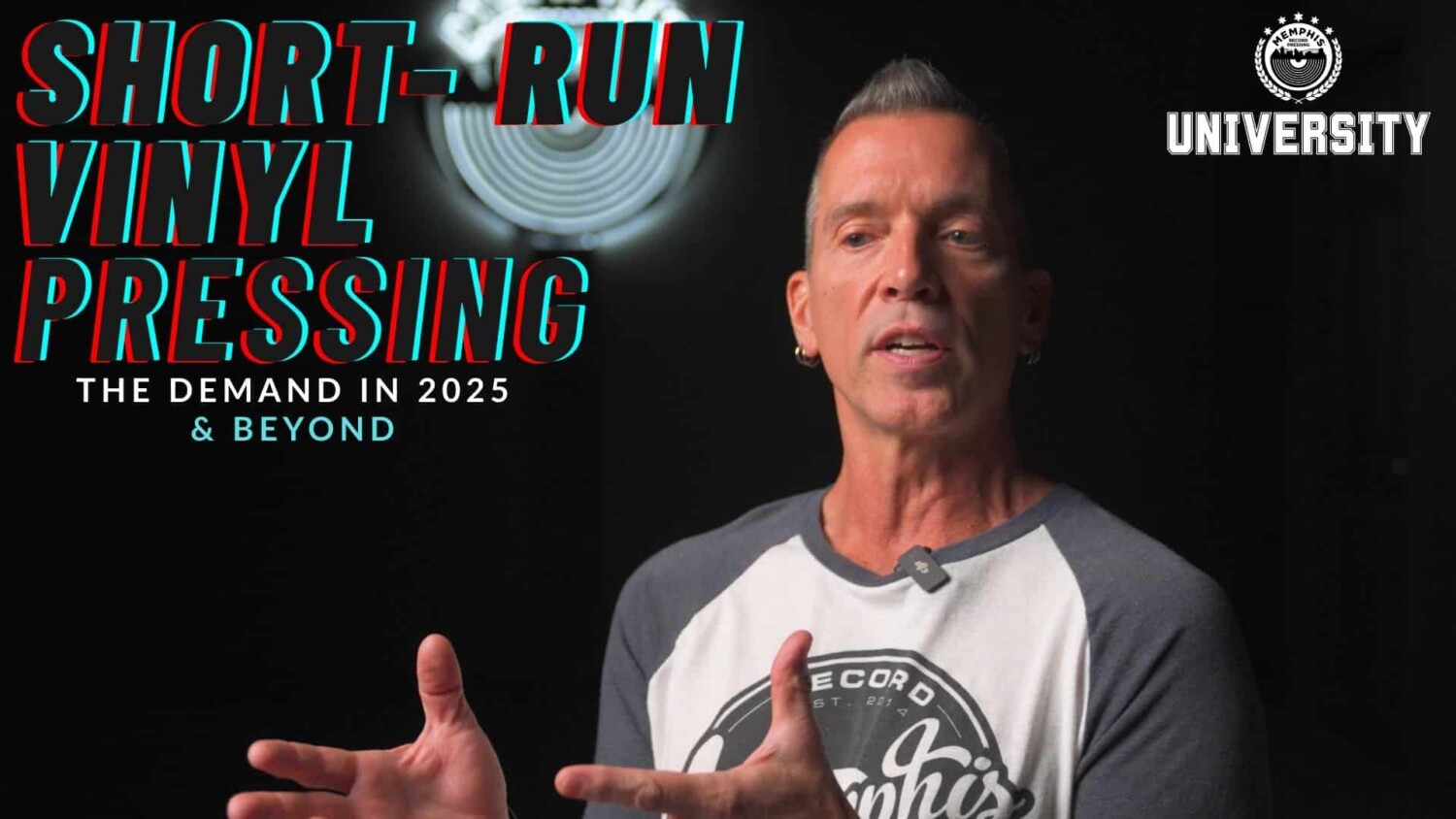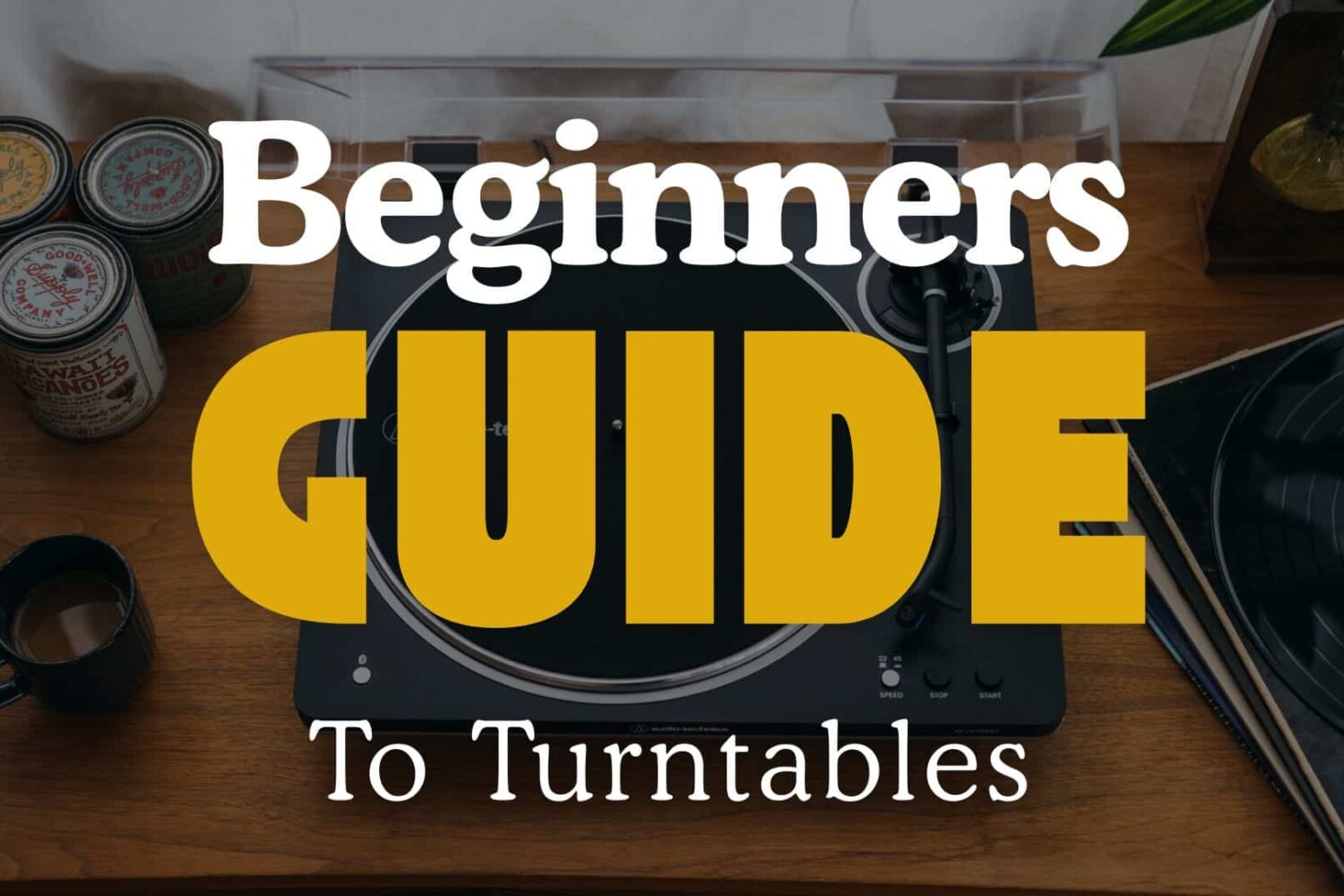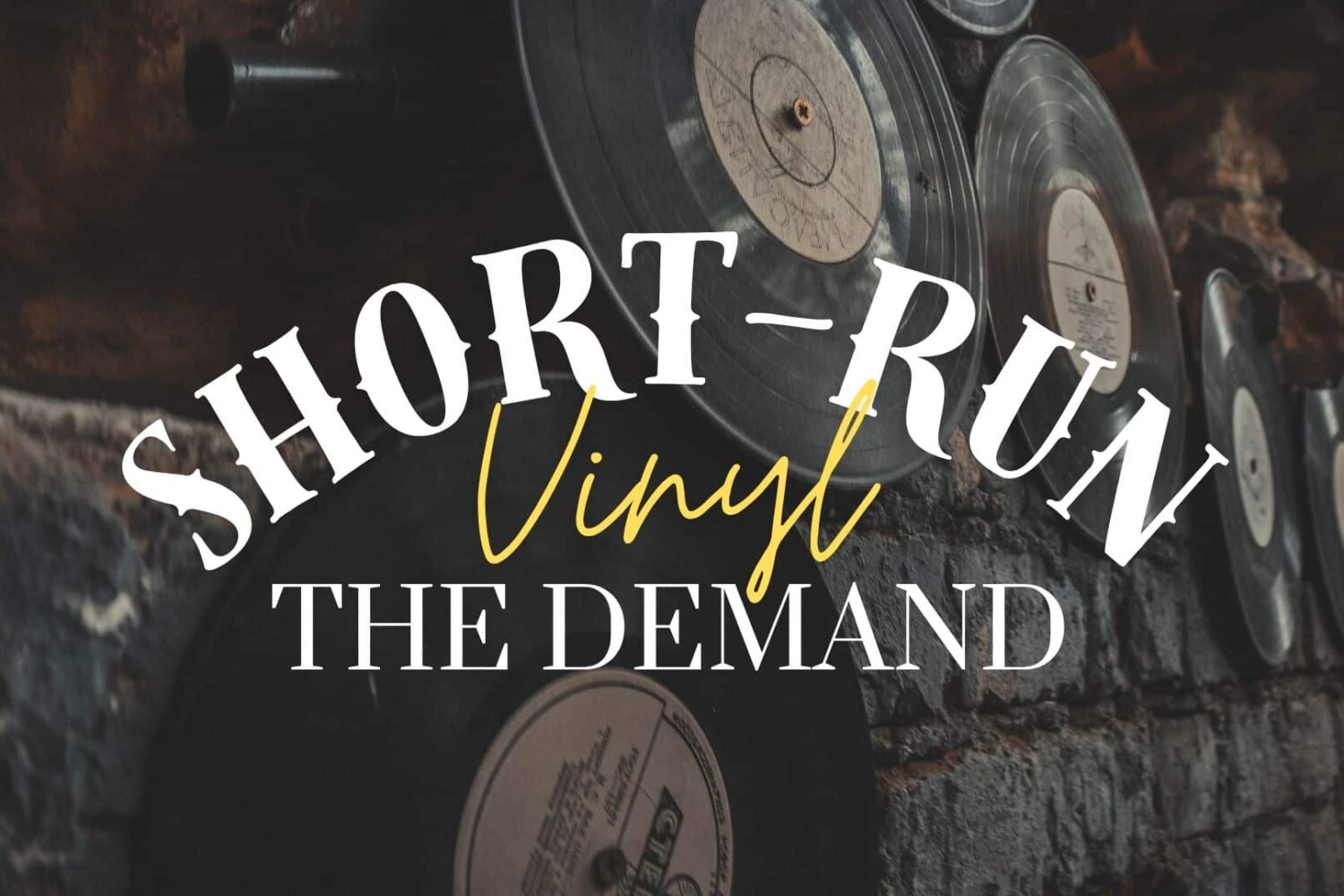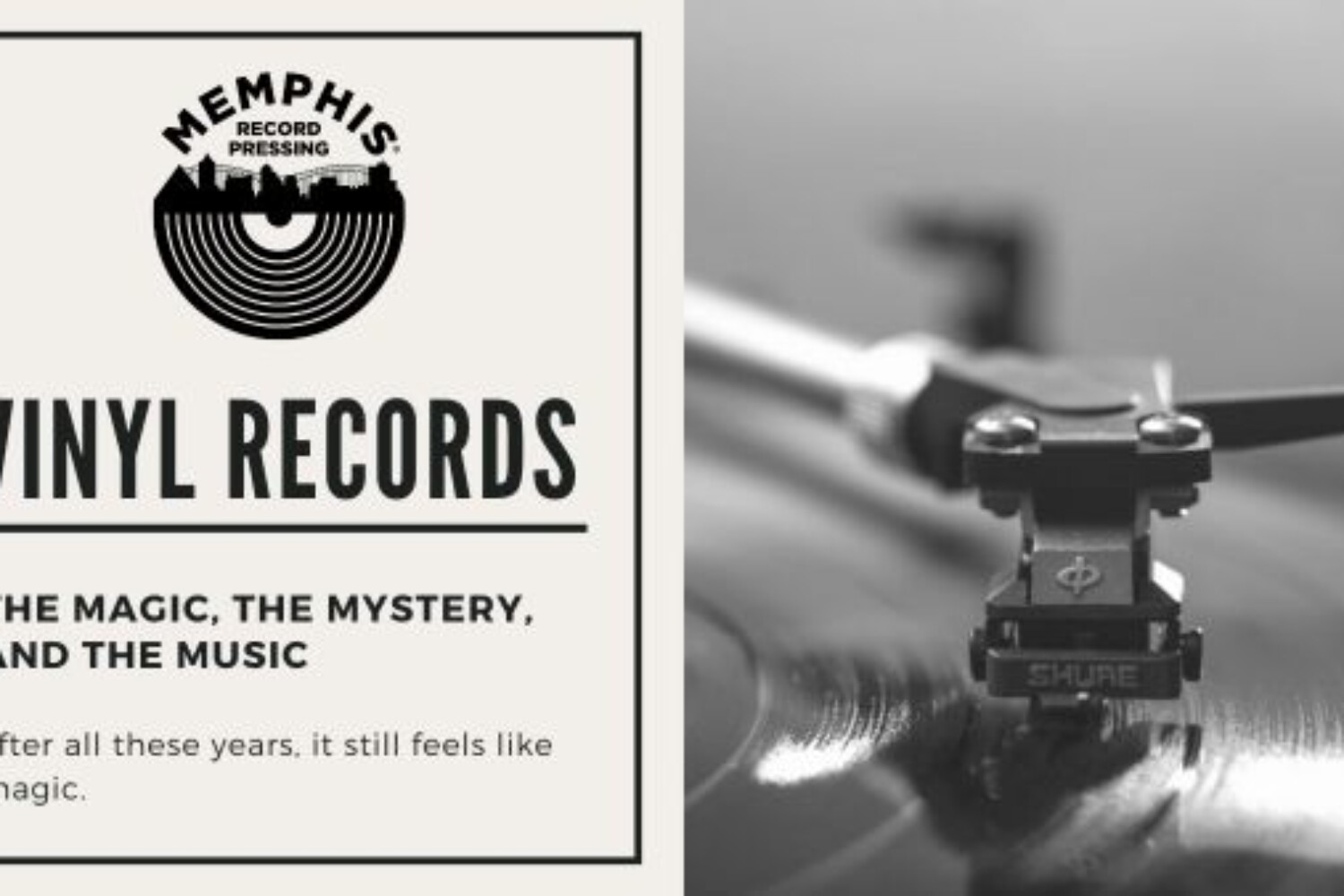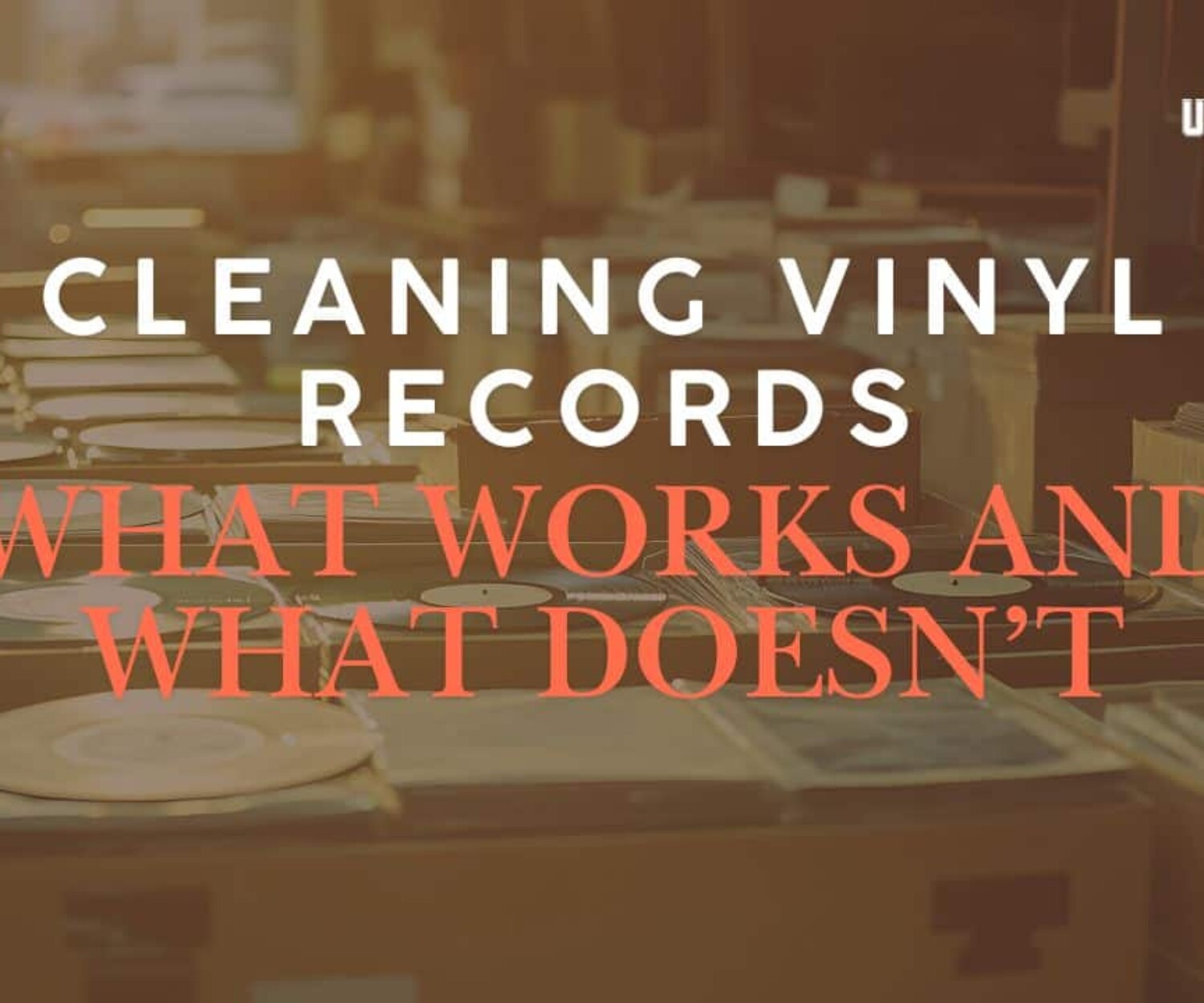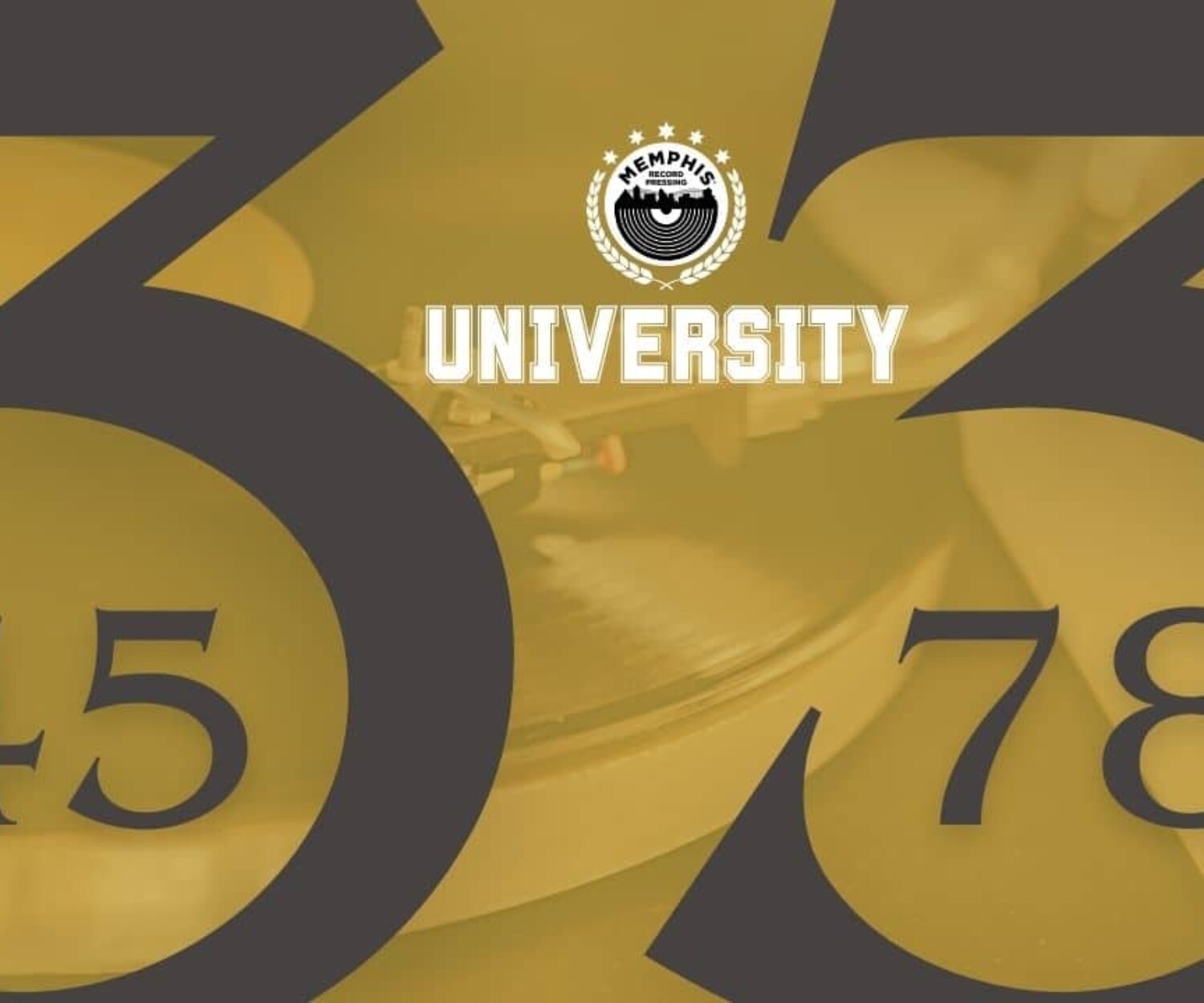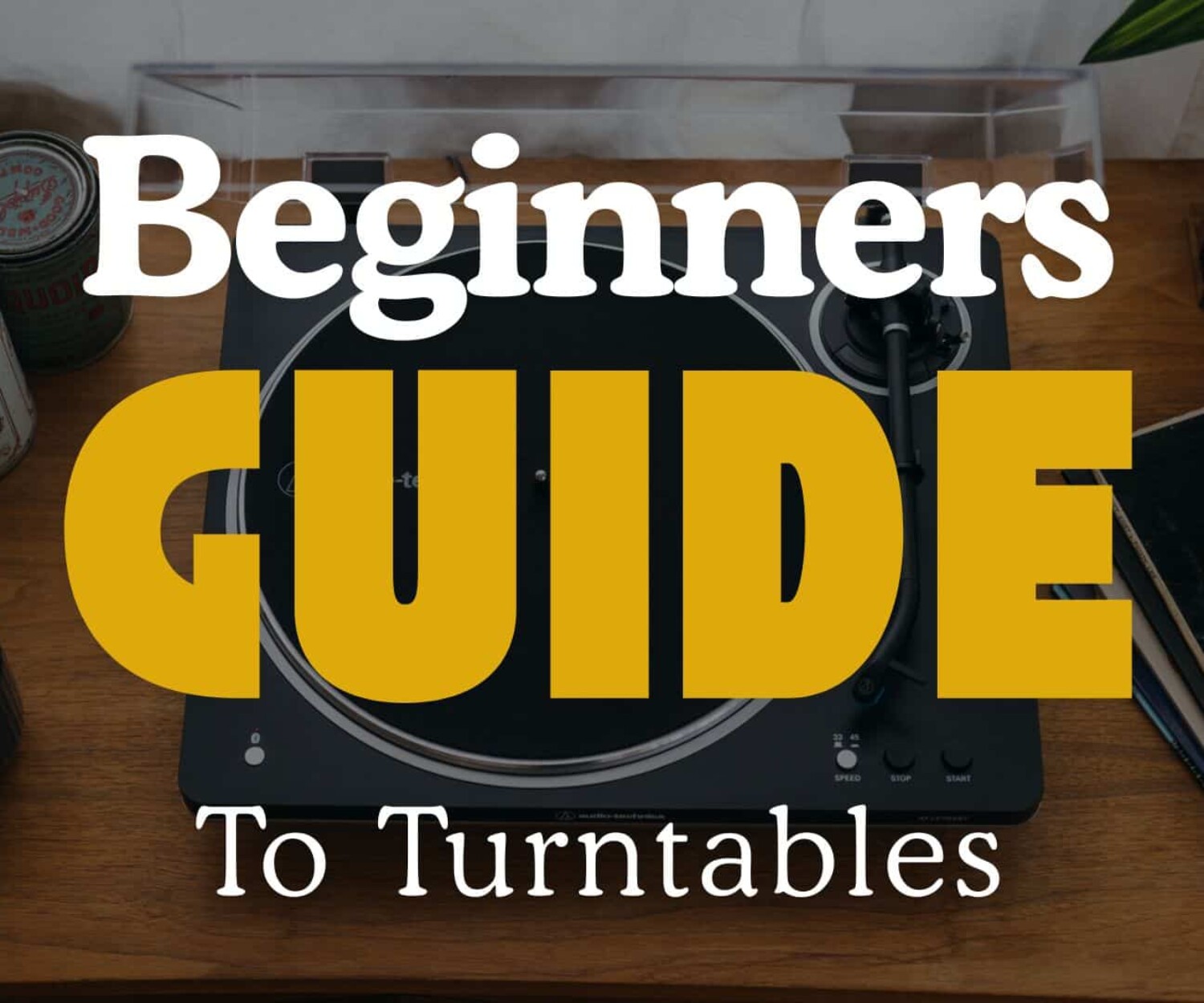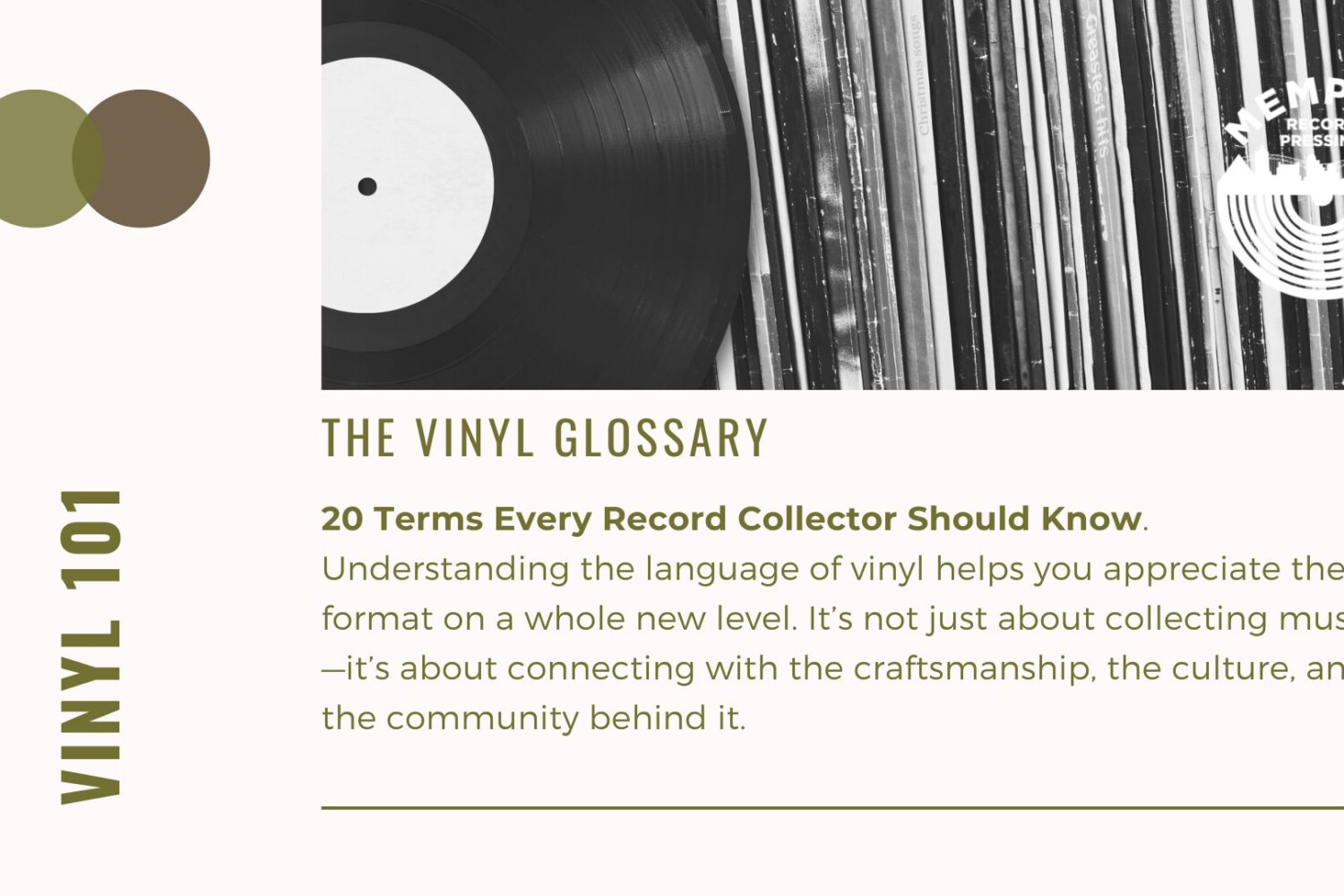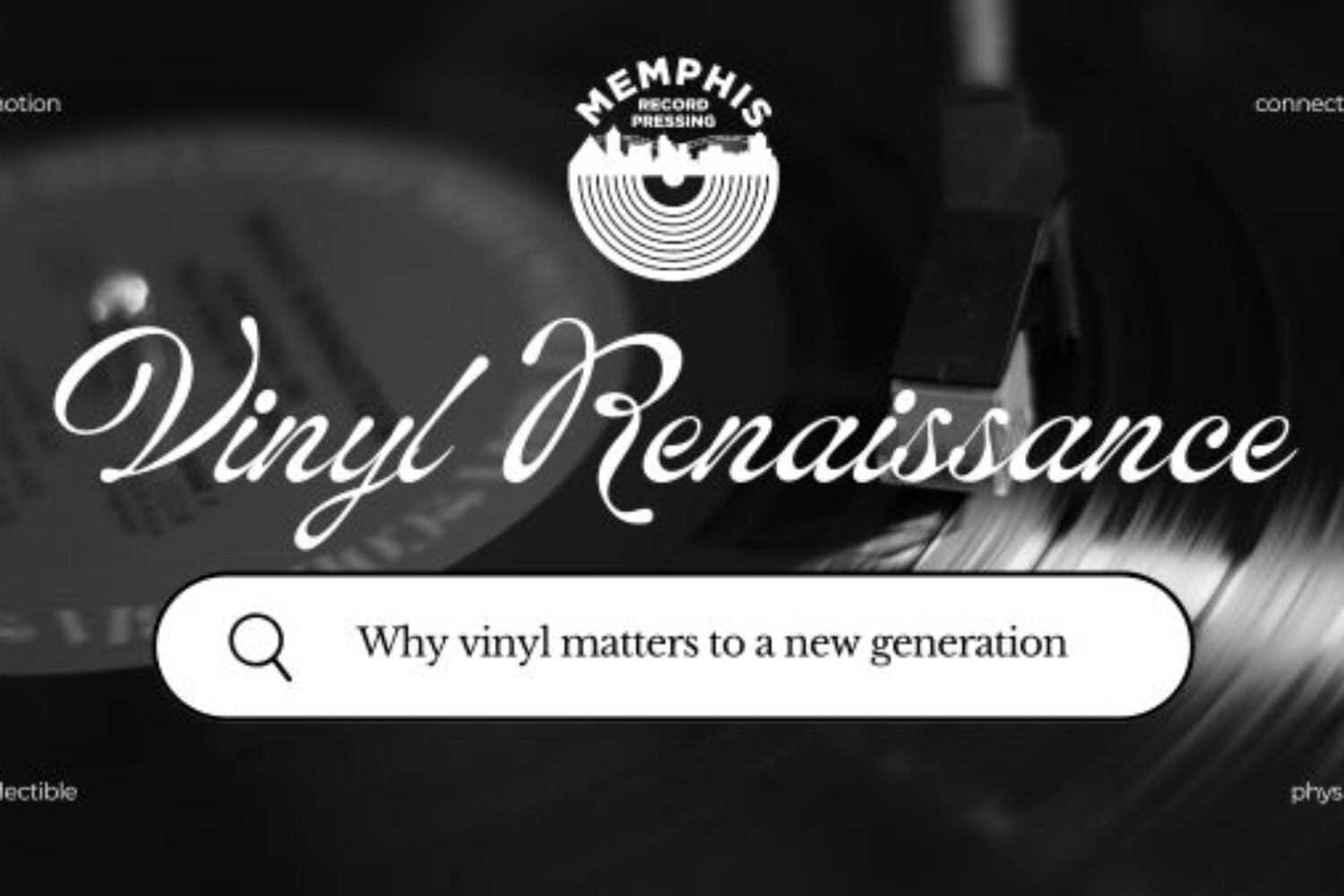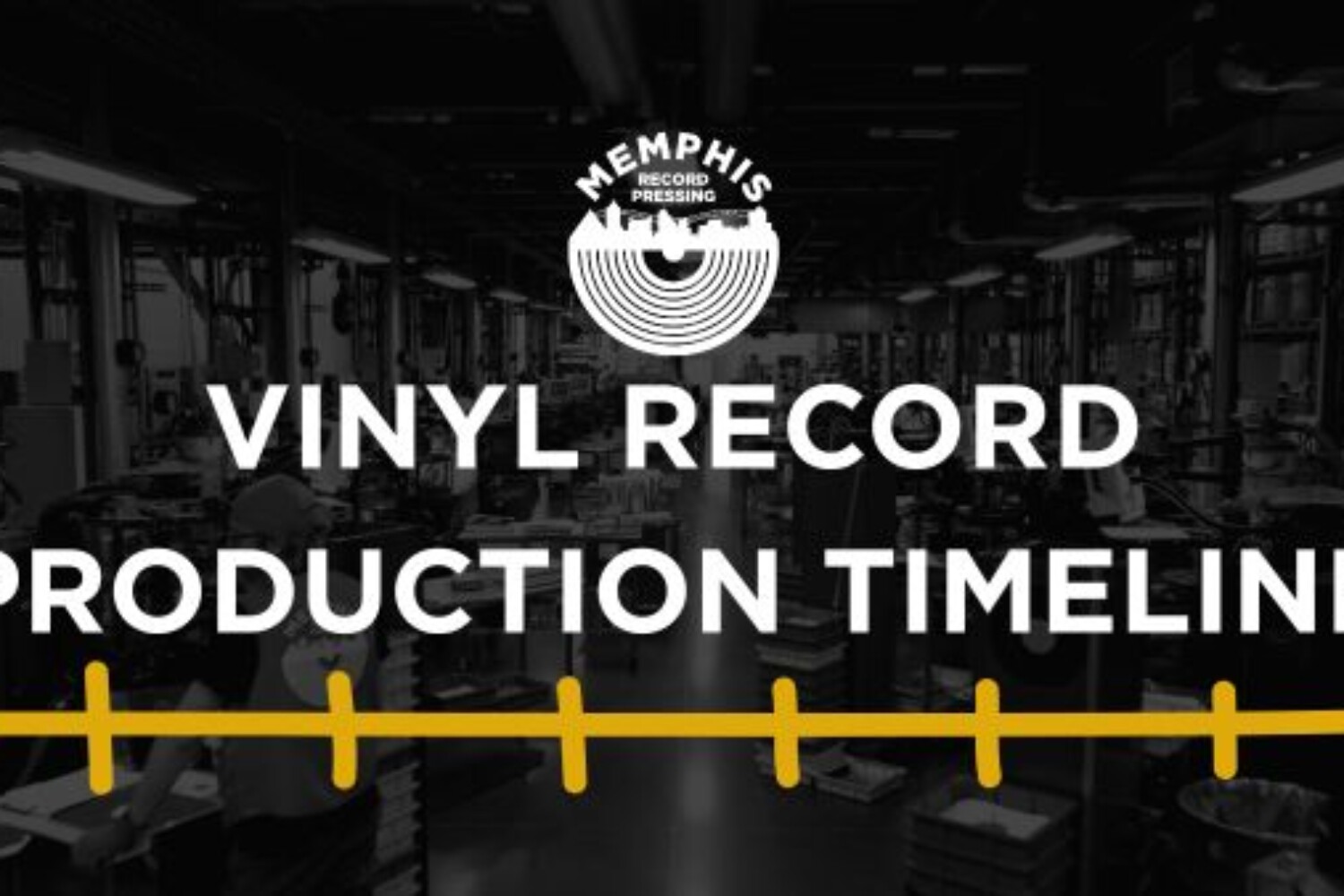Vinyl Revival 2.0: The Rise of Short-Run Pressing
Vinyl records have officially completed their comeback tour. What was once considered a nostalgic format reserved for audiophiles and collectors has now become a central part of music culture again. But unlike the massive, high-volume pressings of decades past, today’s trend leans toward something different: short-run vinyl manufacturing.
This shift isn’t just about smaller batch sizes — it’s about greater accessibility for independent artists, more unique options for fans, and a new economic model that works in favor of creators. From custom merch tables to niche fanbases, short-run vinyl is redefining how music is made, shared, and sold.
Why the Sudden Surge in Demand?
Several key forces are driving the increased demand for short-run vinyl production:
1. The Rise of Independent Artists
Streaming has made it easier than ever for artists to build an audience without major label backing — but standing out in a saturated digital space is tough. Vinyl offers a tangible way to create an experience around the music. Now that independent artists can press as few as 100–300 records, vinyl has become a powerful marketing and fan engagement tool, not just a distribution format.
2. Economic Flexibility
Traditional vinyl pressing required minimum orders of 500–1,000 units, often pricing out smaller artists or requiring large upfront investments. Short-run vinyl reduces this barrier, allowing artists to test demand without the risk of overstock or debt. It’s a leaner, smarter way to meet your fans where they are — without breaking the bank.
3. Fan Demand for Physical & Personalized Products
In a digital age, physical items carry more emotional weight. Today’s fans — especially Gen Z — are craving something they can hold, display, or collect. Short-run vinyl allows artists to produce limited edition, exclusive, or custom artwork pressings that feel special and rare. This exclusivity fuels demand and adds real value to the product.
4. Fast Turnaround Times
Thanks to advancements in vinyl production technology and streamlined workflows, short-run jobs can now be completed faster than ever. That means artists can tie vinyl releases to tours, album drops, or special events — turning physical records into event-based merch that sells out fast.
Who Is Short-Run Vinyl Really For?
While major artists and labels still use vinyl to drive deluxe editions or anniversary reissues, short-run vinyl caters to a different and rapidly growing crowd:
➤ Independent Musicians
DIY artists, singer-songwriters, and local bands now have access to the same premium format once reserved for top-charting acts — all without needing a label.
➤ Niche Genre Creators
From lo-fi hip-hop to experimental jazz, niche artists with cult followings can press 100–200 records and still sell out instantly to a loyal fan base.
➤ Music Influencers and Curators
Podcast hosts, DJs, and even music tastemakers are getting into short-run vinyl, releasing exclusive mixes or curated compilations for followers.
➤ Brands and Creative Agencies
Even non-musicians are joining in. Creative brands are pressing custom vinyl for marketing campaigns, product launches, or experiential promotions — all with short-run options.
The Economics Behind Short-Run Vinyl
Here’s why the economics make sense for creators — and why fans are helping fuel the fire.
1. Higher Per-Unit Cost, But Higher Margins
Yes, short-run vinyl costs more per unit than high-volume pressing. But artists are often able to charge $25–$40 per record, especially for exclusive editions. With lower upfront investment and no need to move thousands of units, it becomes a smart revenue channel with better inventory control.
2. Bundled Experiences
Artists can bundle short-run vinyl with digital downloads, lyric books, behind-the-scenes footage, or even concert tickets. This makes the vinyl more than a product — it becomes part of a premium fan experience.
3. Built-In Scarcity Drives Demand
Scarcity marketing works — especially with music collectors. Knowing that only 200 copies exist creates urgency and emotional attachment, pushing fans to buy now rather than stream later.
4. Sustainable Production
Short-run pressing means artists can gauge interest and reorder only what’s needed. It’s a lower-waste, eco-friendlier approach that fits modern values around conscious consumerism.
Vinyl’s New Generation: Why Gen Z Is Buying Records
It’s not just longtime collectors driving the trend. A new generation of vinyl fans — many of whom weren’t even alive during vinyl’s original heyday — are falling in love with the format. Here’s why:
-
Tangibility in a Digital World: Vinyl offers something tactile and permanent in a time of ephemeral content.
-
Aesthetic & Lifestyle Appeal: Turntables and vinyl walls have become part of home décor and personal branding.
-
Support for Artists: Buying vinyl feels more meaningful than streaming a song on repeat. Fans know it helps the artist directly.
-
The Collector Mentality: Short-run vinyl plays perfectly into the Gen Z mindset — exclusivity, personalization, and self-expression.
The Role of Modern Vinyl Manufacturers
Manufacturers like Memphis Record Pressing (MRP) have stepped up to meet this demand by offering flexible short-run solutions alongside high-volume production. With efficient processes, high-quality output, and artist-focused services, MRP helps bridge the gap between independent ambition and commercial-grade product.
From color variants, eco-mix options and unique packaging to fast turnarounds, 4-6weeks, and indie-friendly minimums, today’s leading pressing plants are empowering artists in ways never before possible.
Final Thoughts: Why Short-Run Vinyl Is the Future
Short-run vinyl manufacturing is not a passing trend — it’s a permanent shift that’s making vinyl more democratic, dynamic, and desirable. It’s empowering creators, exciting fans, and reshaping the economics of music in a way that’s personal, profitable, and powerful.
Whether you’re a musician, brand, or collector, the message is clear: vinyl isn’t just back — it’s evolving.
Call to Action
Thinking about pressing your own short-run vinyl release? Whether you’re an artist, label, or brand, Memphis Record Pressing is here to help. Our short-run program is designed for creators who want premium quality, fast turnarounds, and quantities that make sense.
👉 Visit memphisrecordpressing.com to learn more about our short-run vinyl options and start your custom project today.

